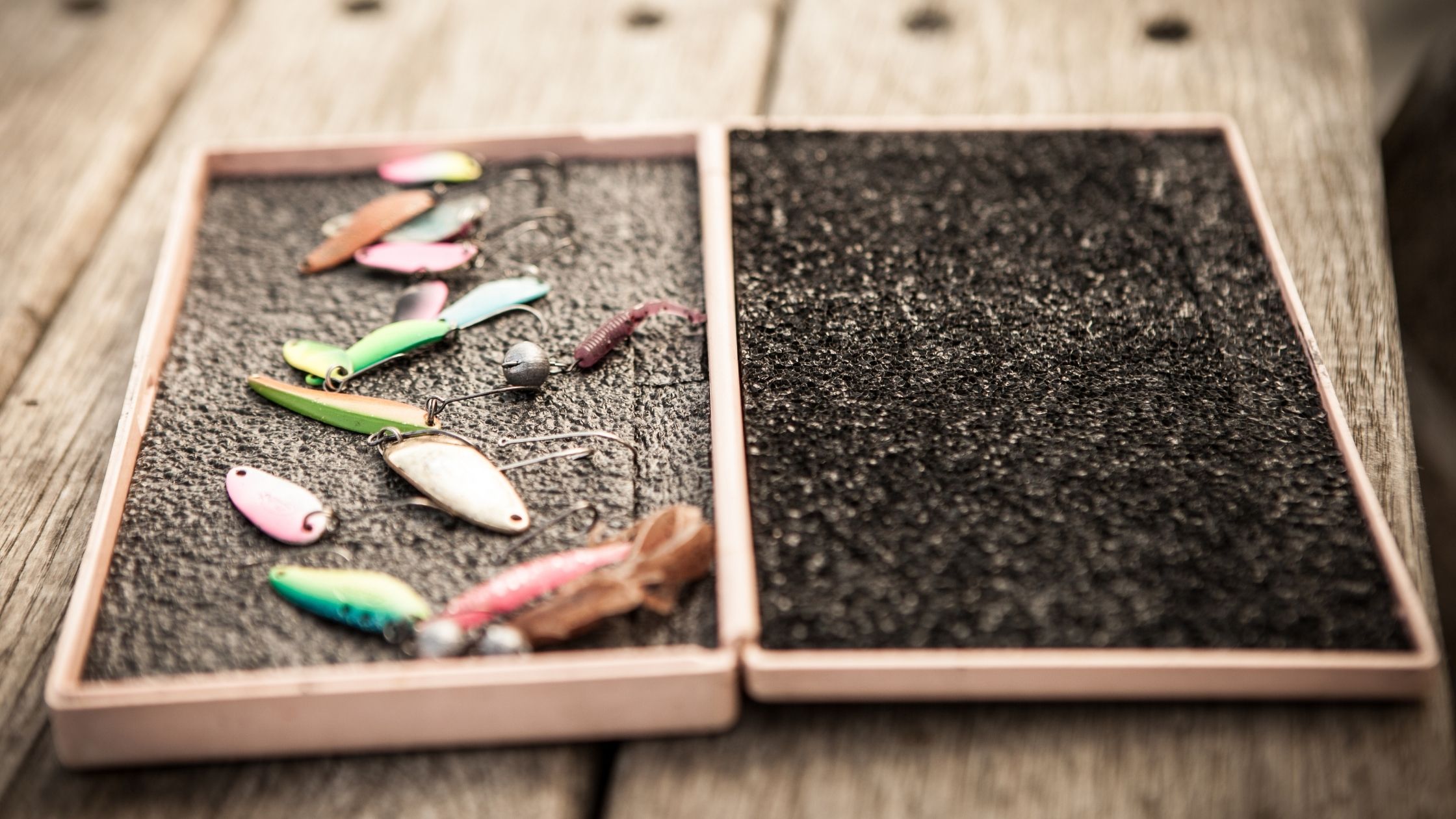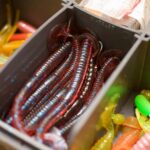While there may be different types of fish to catch across the sea, there’s one thing for sure; your bait determines whether you go home empty-handed or with freshly caught fish. The most significant factor in fishing endeavors has to be what you use to lure your targeted fish. And knowing exactly what to use will impact your success.
If you are a beginner at fishing, here’s where you start your learning from. By knowing about the common types of fishing bait, when to use them, and how to choose the right one for you, you will quickly turn from novice to expert in no time. Before we take a look at the various types of fishing bait, let’s discuss the considerations you need to make to determine the most suitable bait for your fishing line.
How to Choose Fishing Bait
There are certain factors you must take into consideration before you choose bait. Simply going to the market and getting one won’t cut it. You will have to choose the one that is most suitable for your fishing situation. Here are the considerations you have to make:
The Type of Fish You Want To Catch
Before you begin fishing and using bait, it is important that you first consider what type of fish you want to catch. Depending on certain factors, you can choose the most appropriate bait in terms of size and what they are made of. For example, some fish are carnivorous, while others might be omnivorous. Here are some considerations you have to make about the targeted fish to understand which bait is most suitable:
- Does the fish have a large or smallmouth?
- How big is the fish?
- What is its primary food source?
- Does it have teeth?
Weather and Surrounding Conditions
The weather conditions also have a significant impact on fish behavior; for example, in terms of where they will travel, what they will eat, and if they want to eat at all. During hotter conditions, fish tend to sink and live more at the bottom. However, during colder conditions, such as in the evening or early morning, fish tend to get lethargic and come up and stay at the surface. This is why you will need top-water bait that the fish do not need to travel much for.
It would help if you also analyzed the surrounding water conditions, such as how much dirt or vegetation there is. This also impacts fish presence behavior, and ultimately the type of fishing bait to use. In waters with a lot of vegetation, you will need slow-moving bait or artificial bait.
Your Region’s Fishing Regulations
A significant factor you should consider is your area and city’s fishing regulations to ensure that the fishing bait you use is legal. Often, these laws keep changing, so you should stay up-to-date with them, and they are not the same for each area. Otherwise, you might risk getting arrested or heavily fined.
Know the Different Types of Fishing Bait
Since there are a myriad of different types of fishing bait, you should be aware of most, if not all, of them. This will help determine which type of bait to get depending on your location, which fish you plan to catch, your area’s regulation. This guide will be providing you with more in-depth information about these types.
Types of Fishing Bait
As mentioned earlier, fishing bait comes in different types. They can be divided into two main categories; artificial and natural fishing baits. These can vary in terms of size, shape, and colors. However, all are equally effective in luring various types of fish, whether in freshwater or seawater.
Fishing with Artificial Bait
The idea of artificial bait is to mimic the look and feel of real-life bait. The main advantages of fishing with artificial bait are that they are cheap, readily available, require less maintenance, and are quite long-lasting.
When choosing which type of artificial bait to get, there are some factors you must take into consideration. For example, you should consider the color of the bait. It should essentially have the same shade as the fish you want to catch. Depending on the dirt and mud in the water, it can also be bright to be more visible to the fish or a natural color if the water is clear.
Similarly, the shape of your artificial bait should be the same as the fish you want to catch. Moreover, if you target a large fish, you should opt for larger-sized artificial bait because these fish have bigger mouths. However, for smaller fish, you should get small bait. Here are the common types of artificial bait:
Jigs
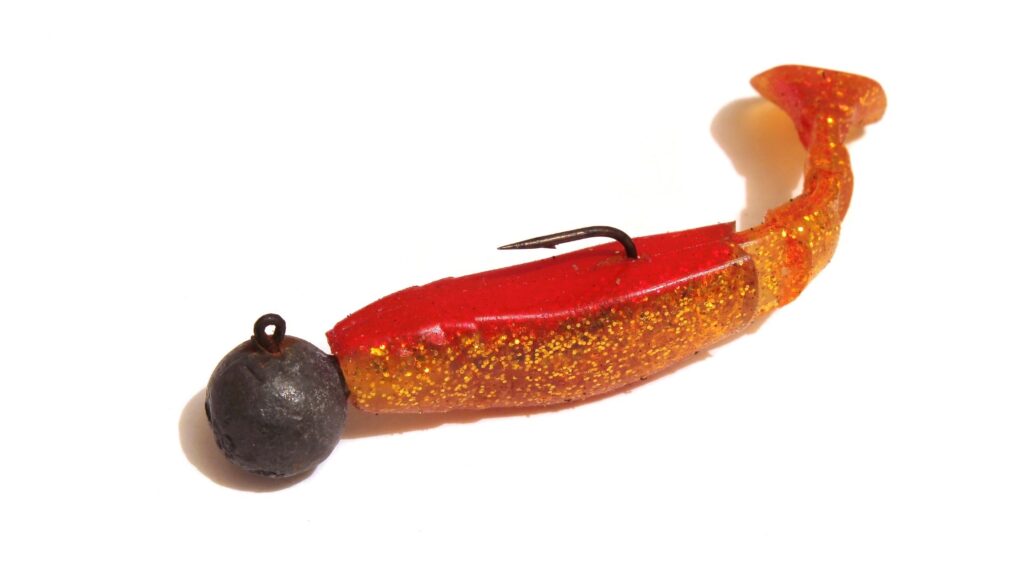
These are some of the most popular and common types of fishing bait. Jigs come in a variety of colors and shapes and are mainly used to target sea bass, panfish, and pike. They have a weighted head on one end and a hook on the other. The weighted head gives them the perfect for sinking into the water, which allows them to be the perfect bait for bottom feeders. It can be used for both freshwater and saltwater. Through a series of pauses and jerks control jigs, they are still easy to use for beginners.
Spinners
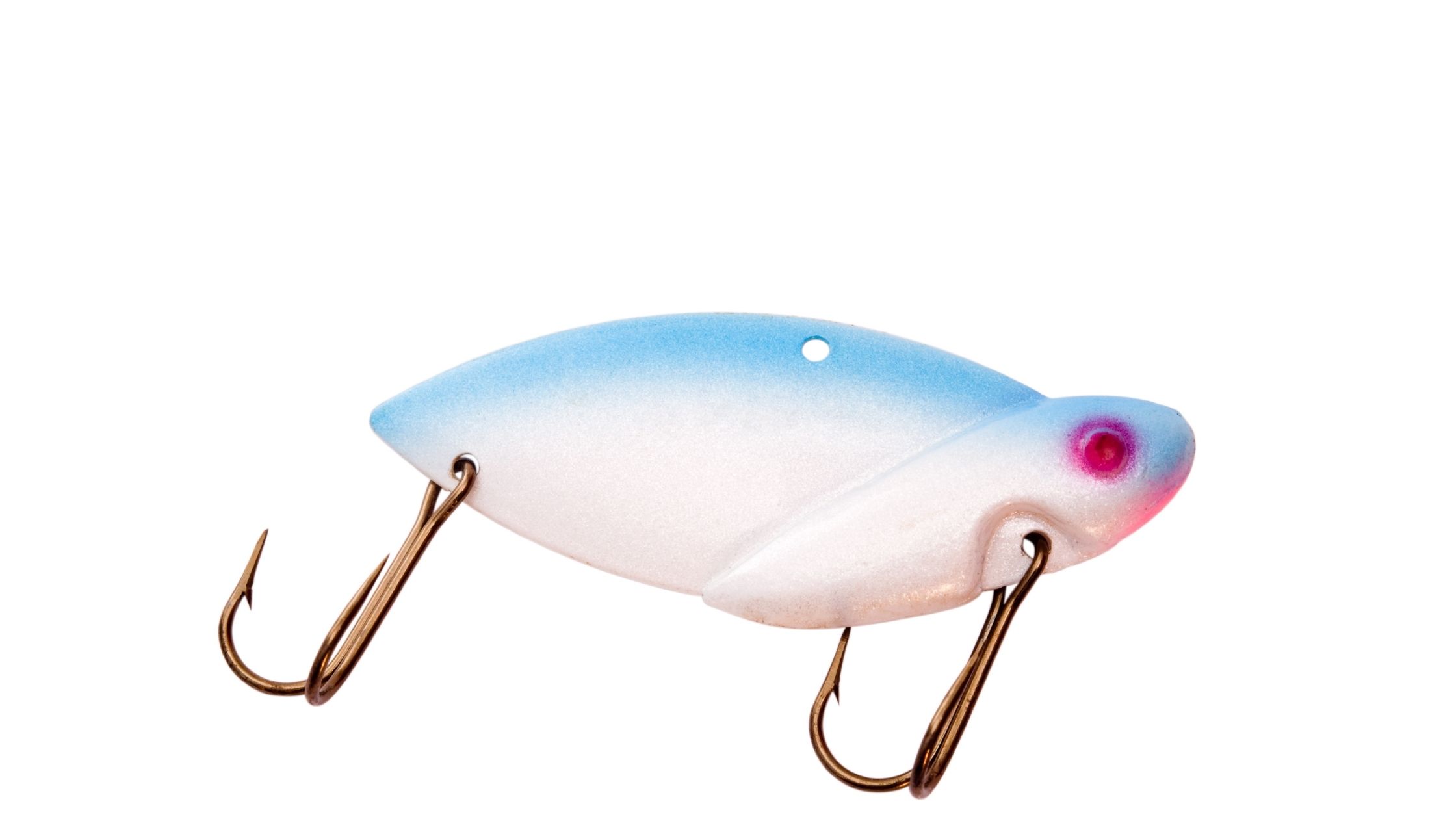
One of the oldest types of artificial fishing baits, spinnerbaits, are ideal for beginners since they are pretty easy to use and maneuver. They are also relatively cheap compared to other types of fishing bait. Spinners get their name from their basic mechanism, which is to spin in the water to create vibration and color reflection. This attracts predatory fish like bass, perch, and pike.
They have a hook on one side and this spinning mechanism blade on the other. Spinners come in many different sizes, shapes, and colors that can often overwhelm fishers. However, as a rule of thumb, it’s best to stick with narrow blade spinners.
Spoons
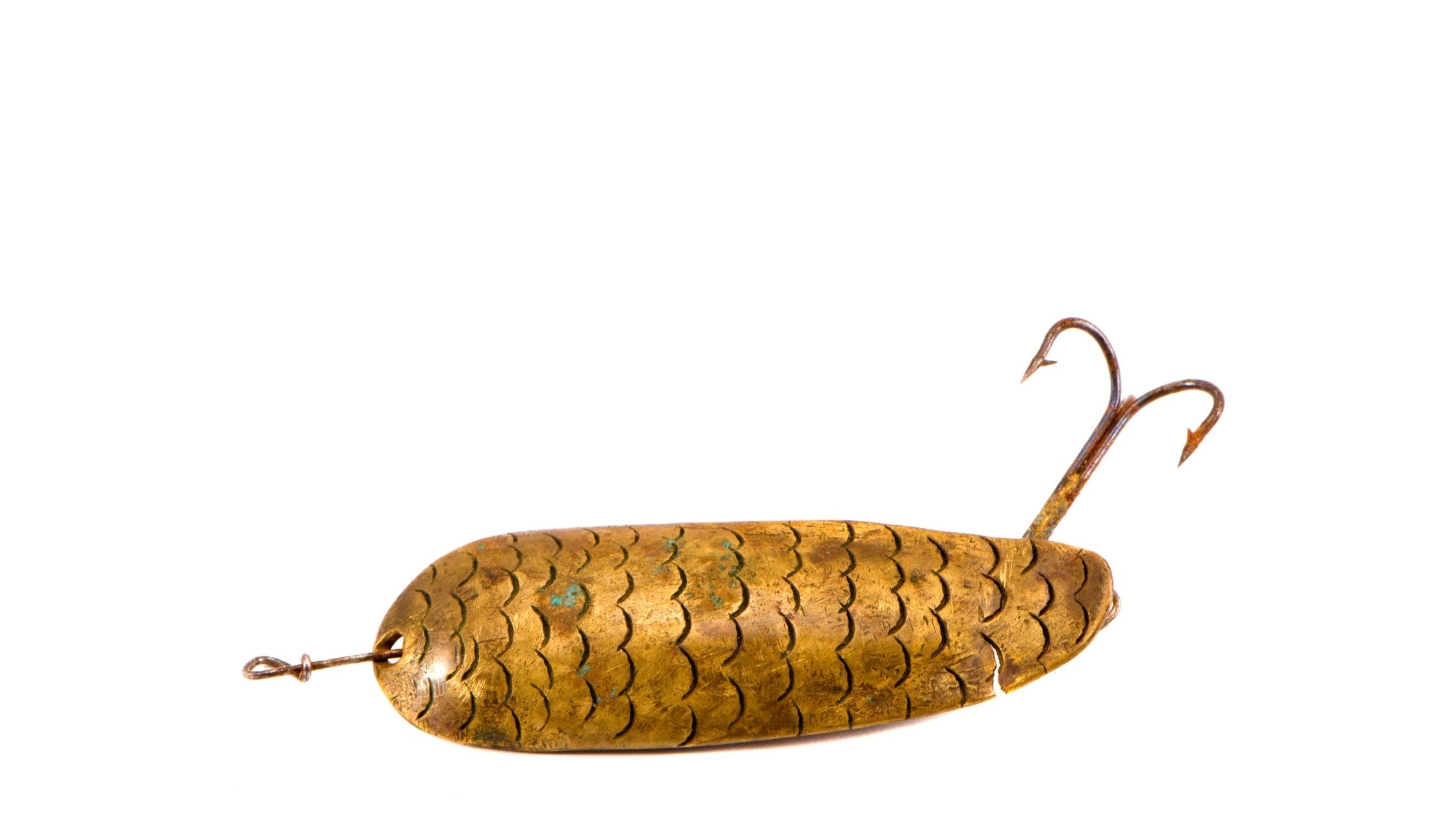
They are made of metal and curved in a spoon shape. This shape helps them wobble and shine in the water, attracting different types of fish because their movement mimics an injured baitfish. Spoons are excellent bait for both beginners and seasoned fishers because of their simplicity in attracting fish. However, you should make sure that your spoon does not move and wobble too much.
Plastic Baits
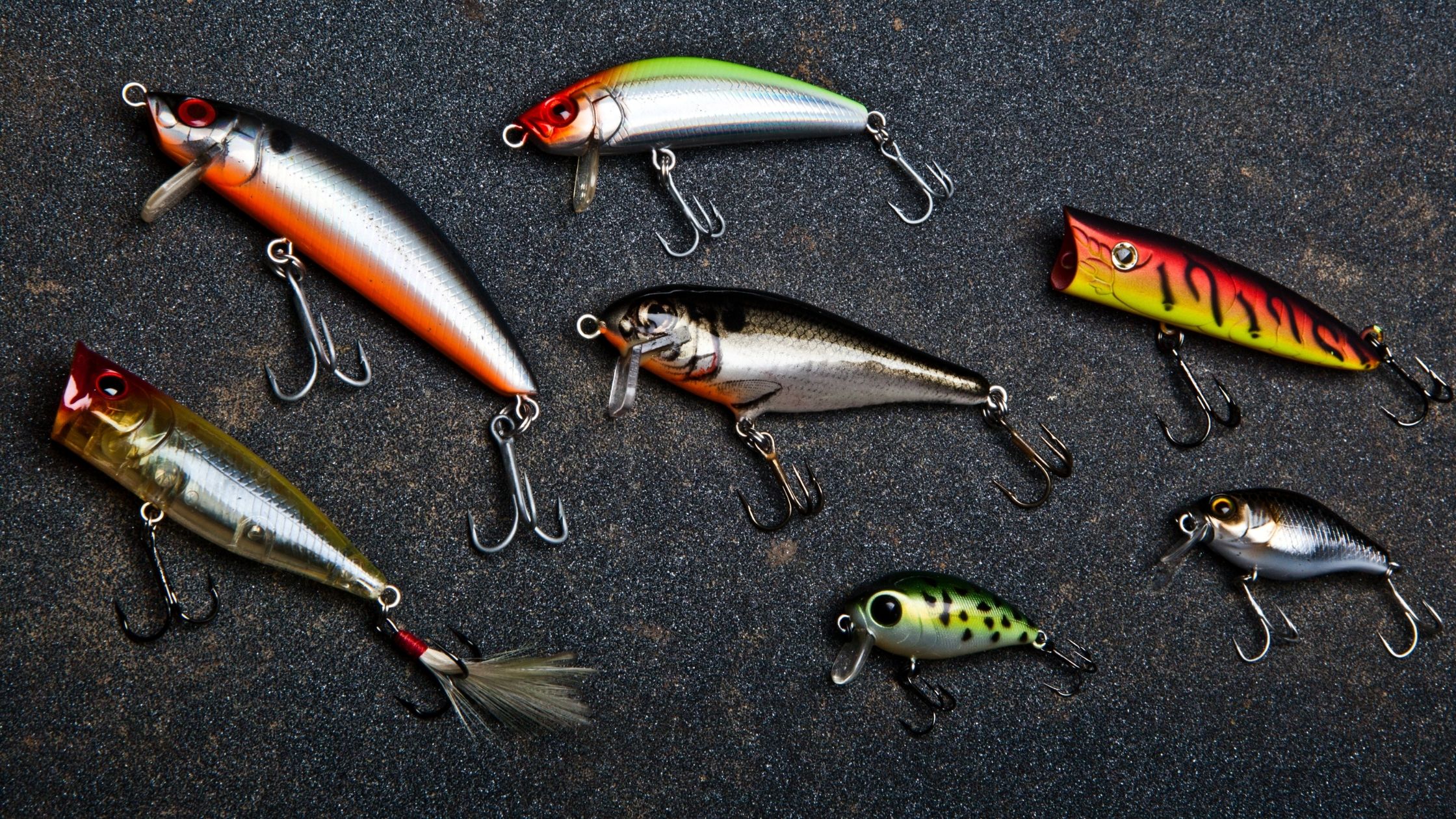
These are also known as soft plastic baits. They are highly effective fishing bait because they mimic the look and shape of real prey, attracting different types of fish. They are also easy to use and cheap. For most fishers, these are the standard choice of fishermen’s bait. Much like spinners and spoons, you can also move these with your fishing reel to mimic movement.
Plugs

This goes by several names, including crankbaits, minnows, deep-diver, and wobbler. The shape resembles that of small prey like frogs and smaller fish. They usually have hard surfaces since they are made of wood and plastic. They also have a plastic lip in the front that helps the fish grip on. However, plugs tend to be more expensive because of these intricate features compared to other types of artificial bait.
Flies
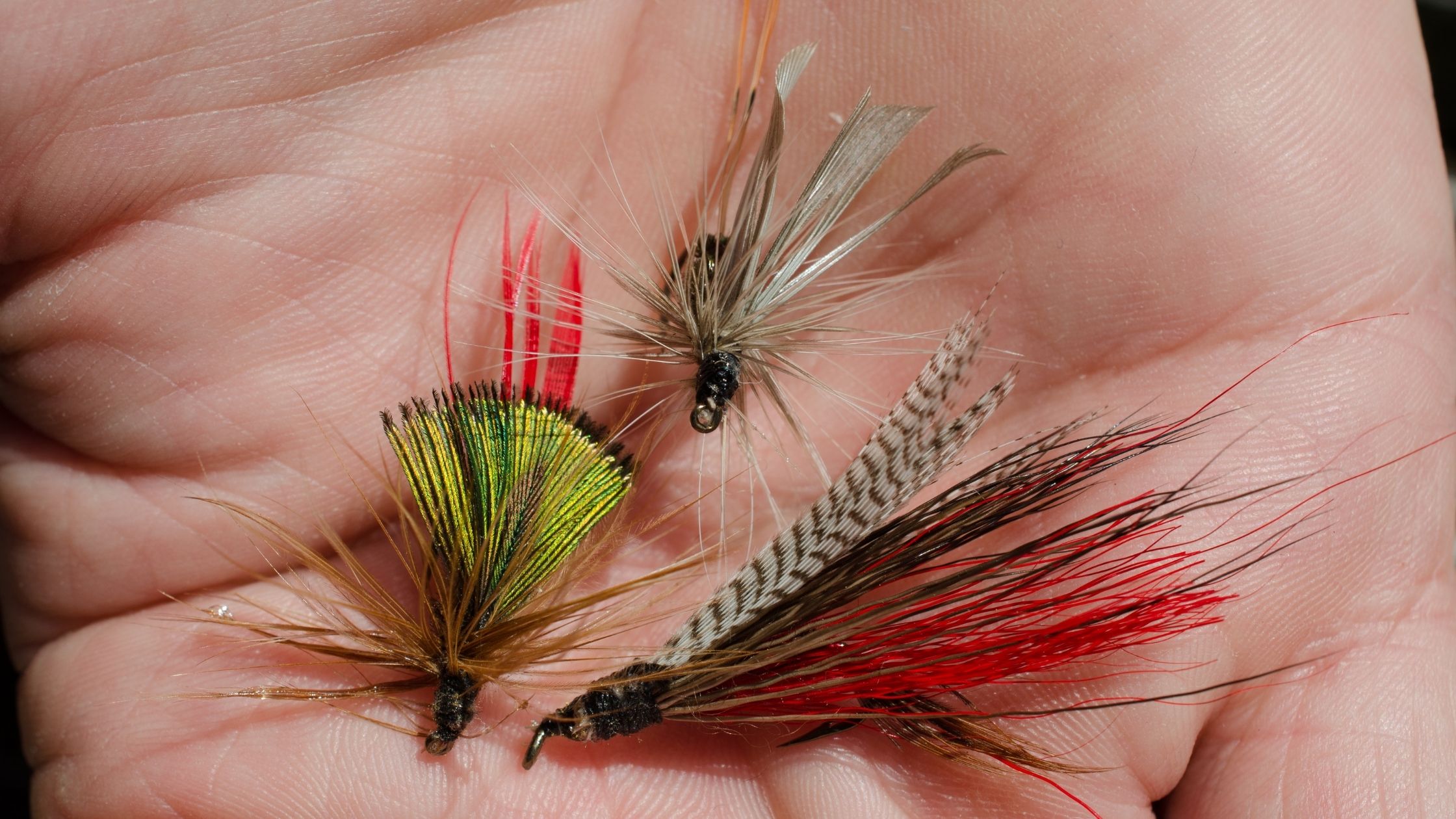
These are a traditional type of bait used more commonly in fly fishing. They can also be used for spin fishing. They tend to have a single hook on one side and a skirt on the other, which is often made with feathers or thread. All in all, their shape resembles that of insects and other prey. These work great in waters where fish approach the top surface themselves.
Fishing with Live Bait
Live bait has been used for decades in fish, and it used to be the only type of bait used. However, it is not as popular because it can be more expensive than artificial bait, is not as widely available, and is not long-lasting either since it can only be used once. Here are the different types of live bait you can find:
Worms
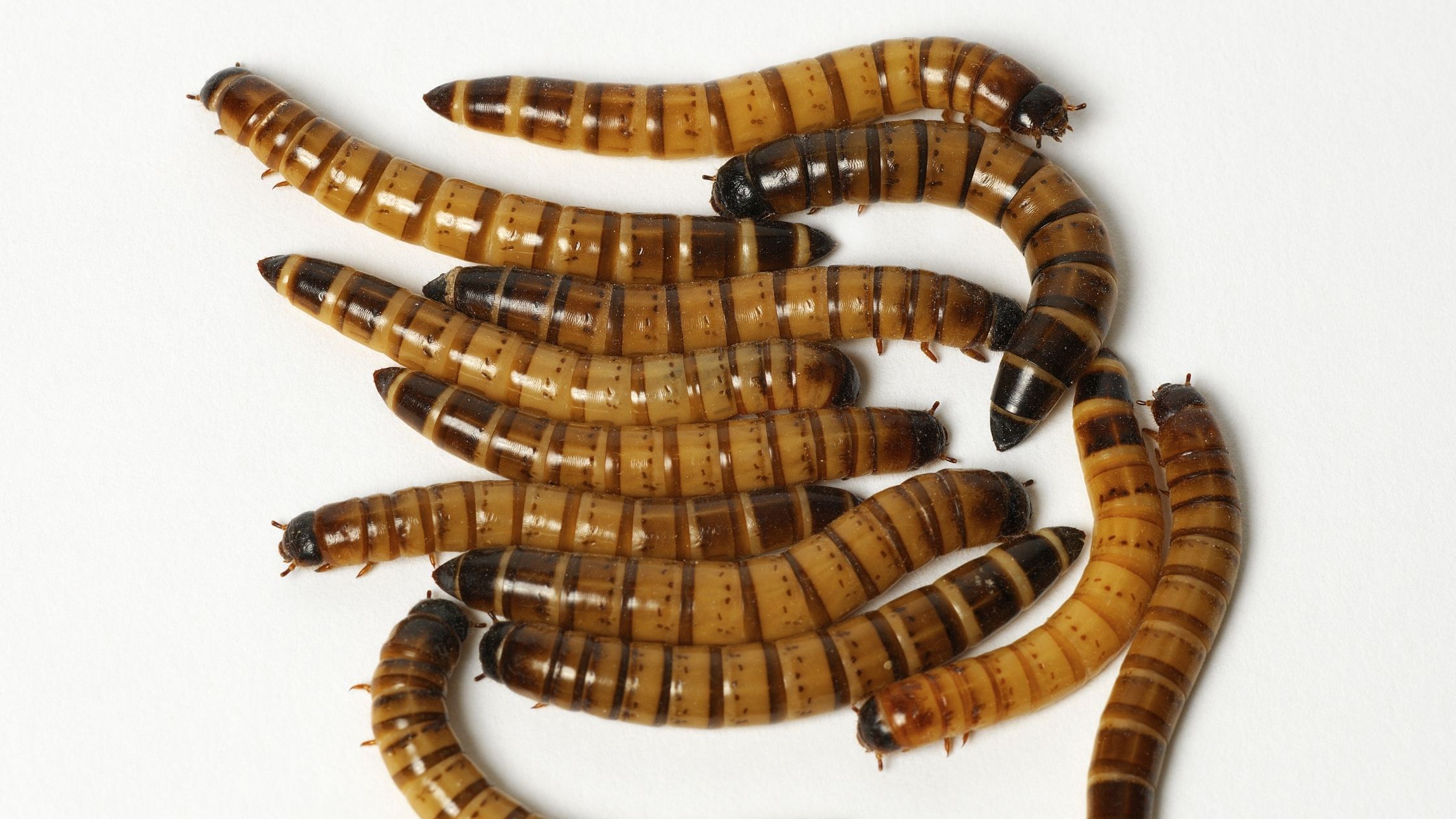
The most popular and common type of live bait is worms. The best thing about them is that they can attract all kinds of fish. These fish also tend to bite into the worms when they find them, leading to better chances of catching them. Depending on the size of fish you are planning to catch, you can either use a whole fish or cut it into small parts and use those. The only problem with worms is that they are hard to put on your hook since they fall off.
Leeches
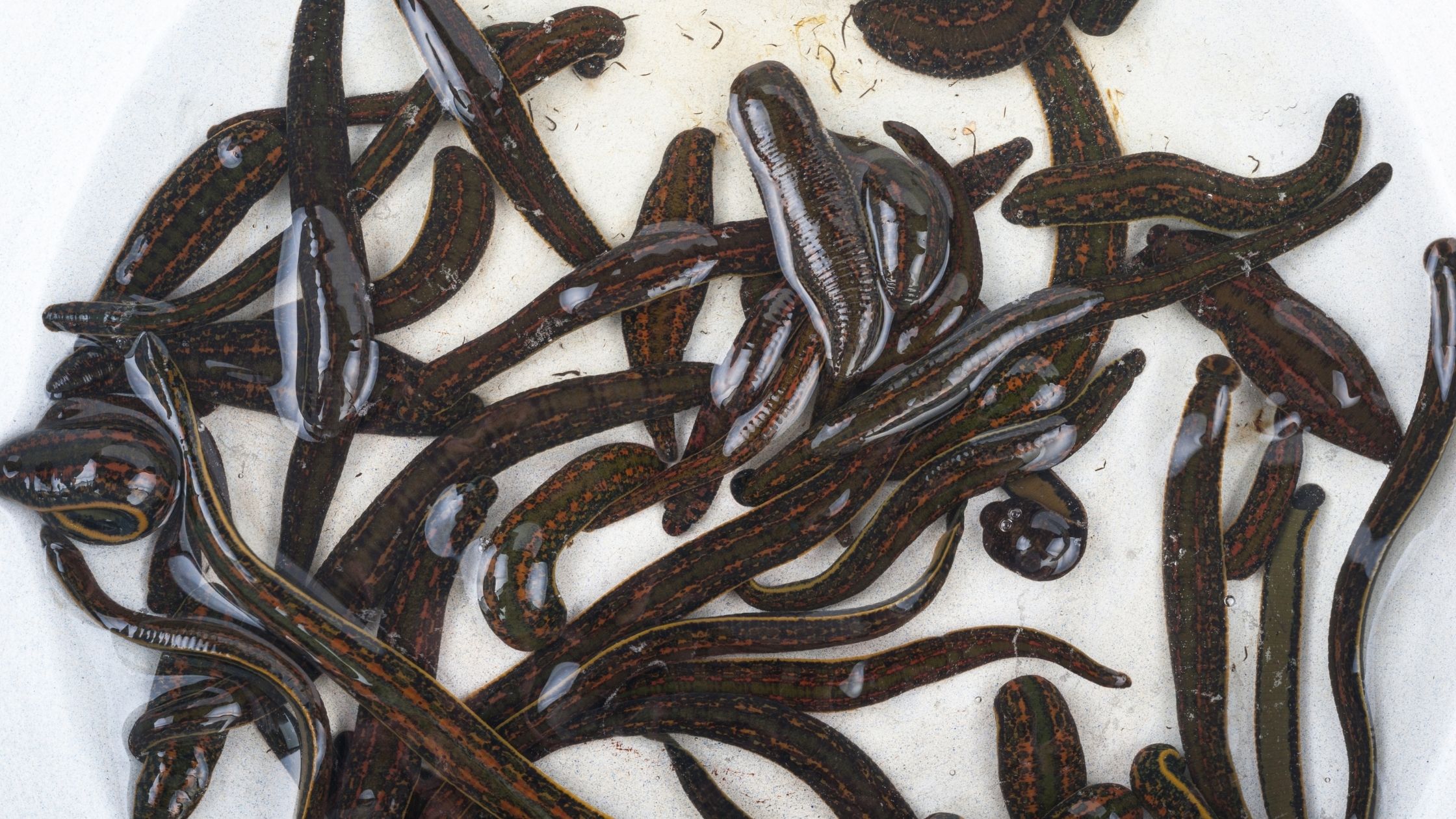
A popular and versatile type of live fishing bait is leeches which get hooked on rigs easily and can be used to attract all kinds and sizes of fish. They are great for deep seas or where the current is too strong. However, some fish do not get as attracted to them as compared to worms.
Minnows
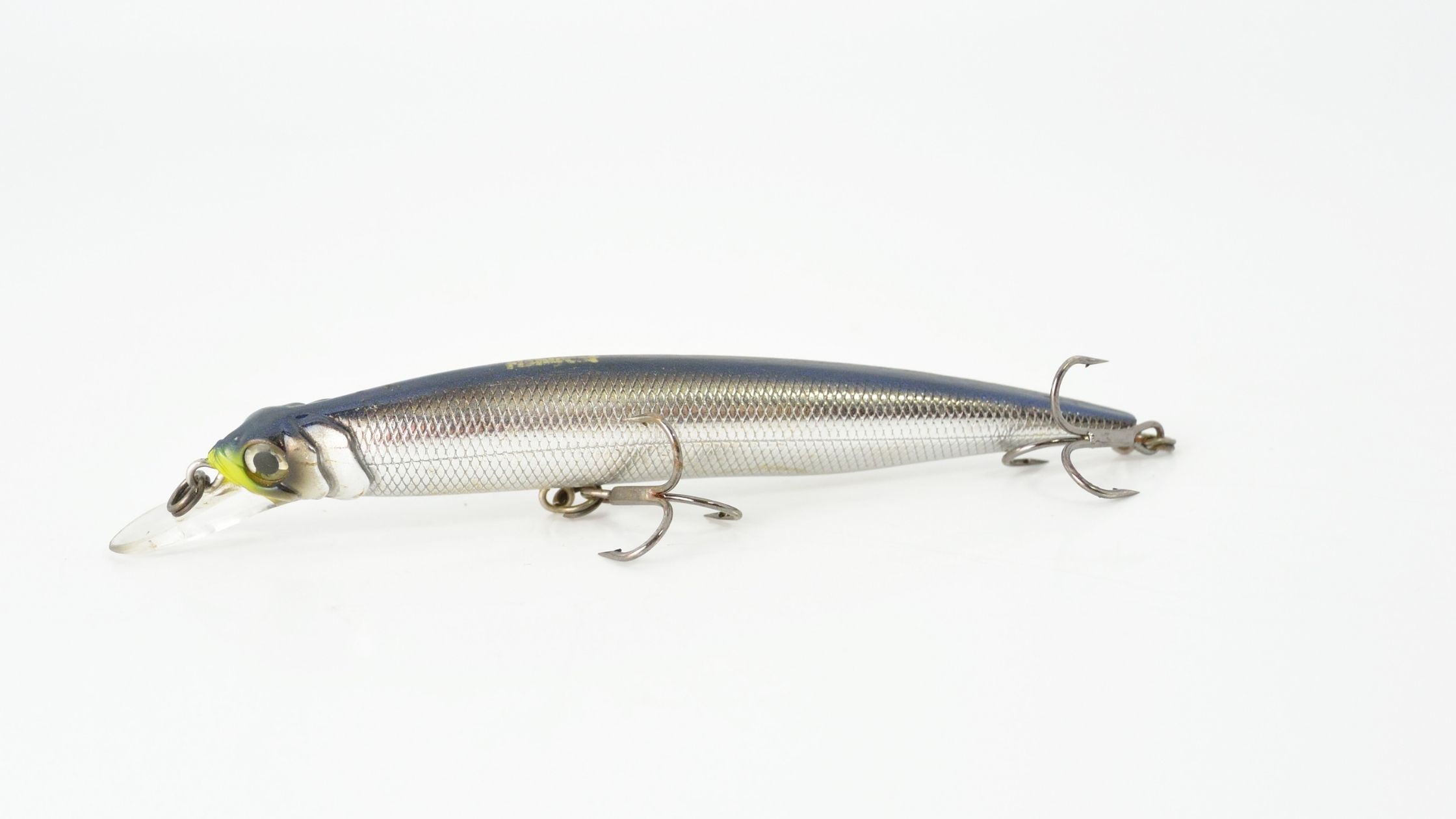
These are one of the most challenging types of fishing baits you can find that will help you catch larger fish. For the most part, they do work for every type of fish. They are, however, not recommended for beginner fishers since you require a technique when using them. If you are considering going ice fishing, this is the best type of bait to use. Moreover, you can get minnows in various types of colors and sizes.
Crickets

Though this is not a common or popular choice of live fishing bait, bass love to eat crickets, hence if you plan to catch bass or trout, this is the best choice of bait. They are also great for small stream fishing. These are readily available in pet stores.
Best Types of Fishing Bait
Are you thinking about which bait is the best? The answer entirely depends on the kind of fish you are targeting, where you plan to fish, what is more readily available, and your expertise level. For most beginners, the best choice is often sticking to artificial bait since they are low maintenance, cheap, and readily available. Even for experts, though, artificial bait is typically the best choice. You might find out Fishing Swivels Types article quite interesting.
Shop Now

